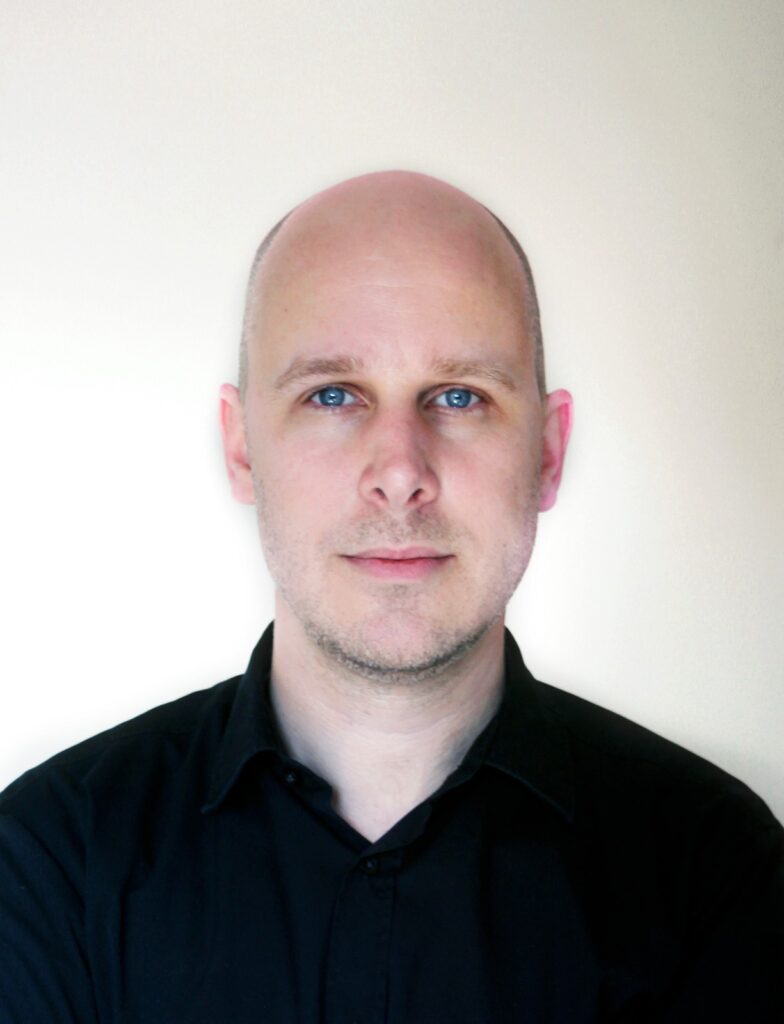Marcus Carter, Rensselaer Polytechnic Institute – Intertidal Objects: A Design Solution for Coastal Erosion
 On Rensselaer Polytechnic Institute Week: Coastlines are a battleground in the face of sea level rise.
On Rensselaer Polytechnic Institute Week: Coastlines are a battleground in the face of sea level rise.
Marcus Carter, assistant professor in the school of architecture, explains why design matters.
MARCUS CARTER is an assistant professor at Rensselaer Polytechnic Institute and a partner at OBJECT TERRITORIES, a critical design practice located in New York and Hong Kong. Marcus’ interests lie in the machinations of the contemporary urban environment as well as architecture’s catalytic potential in this climate. He has broad experience designing projects in North America, Asia, and Europe including master plans, office & hotel towers, institutional buildings and residential projects. Marcus holds a Bachelor of Architecture from the University of Kansas, studying in Rome during that time, and a Master of Architecture from the Yale School of Architecture. While at Yale, Marcus was editor of Perspecta, the Yale Architectural Journal. Marcus is a member of the American Institute of Architects and a registered architect in New York. In addition to Rensselaer, he has taught at the Parsons School of Design, New York Institute of Technology, and Washington University and has been a student mentor for the Architectural League of New York and the Architecture is Free Foundation.
Intertidal Objects: A Design Solution for Coastal Erosion
How can we fortify our shorelines against erosion and storm surge while creating an environment hospitable to flora and fauna? Much of our urban coastline exists as hard vertical sea walls or “riprap” made of large, piled stones used to armor the coast against erosion and wave action. “Intertidal Objects” aim to promote a living shoreline with ecological installations that cultivate native species while providing erosion protection of the shoreline.
Starting an independent research with my partners at Object Territories, this extended into a unique design prompt for architecture students in which we worked to develop ecological prototypes for the shoreline of Randall’s Island in New York City. From a pedagogical standpoint, this study weaves together form-making, material science, fabrication technology, urban waterfronts, and ecology.
Looking at intertidal zones, which are exposed at low tide and submerged at high tide, ballast, porosity, surface texture, and an ability to interlock with existing rocks or other fabricated units were established as key design criteria. Following an early design charette utilizing digital modeling and 3d printed and hand cast models, several designs were selected for full scale prototypes to be made in concrete.
Formwork systems were constructed using CNC milled components that gave form to the cast geometries. The units were fabricated on campus, creating quite a spectacle when a concrete mixer truck arrived to pour the forms.
After curing, the objects were delivered to New York City and installed in the water, where a marine biologist will observe them over time. It took only a matter of weeks before marine plants began rooting on the objects, supported by the brackish, yet nutrient-rich waters where the Harlem River and East River converge. I look forward to watching this long-term installation perform over many annual cycles.



Interesting approach …
Could you tell me something about the dimensions of the objects you used and where I could read more about your work?
Thank you!
Sabina